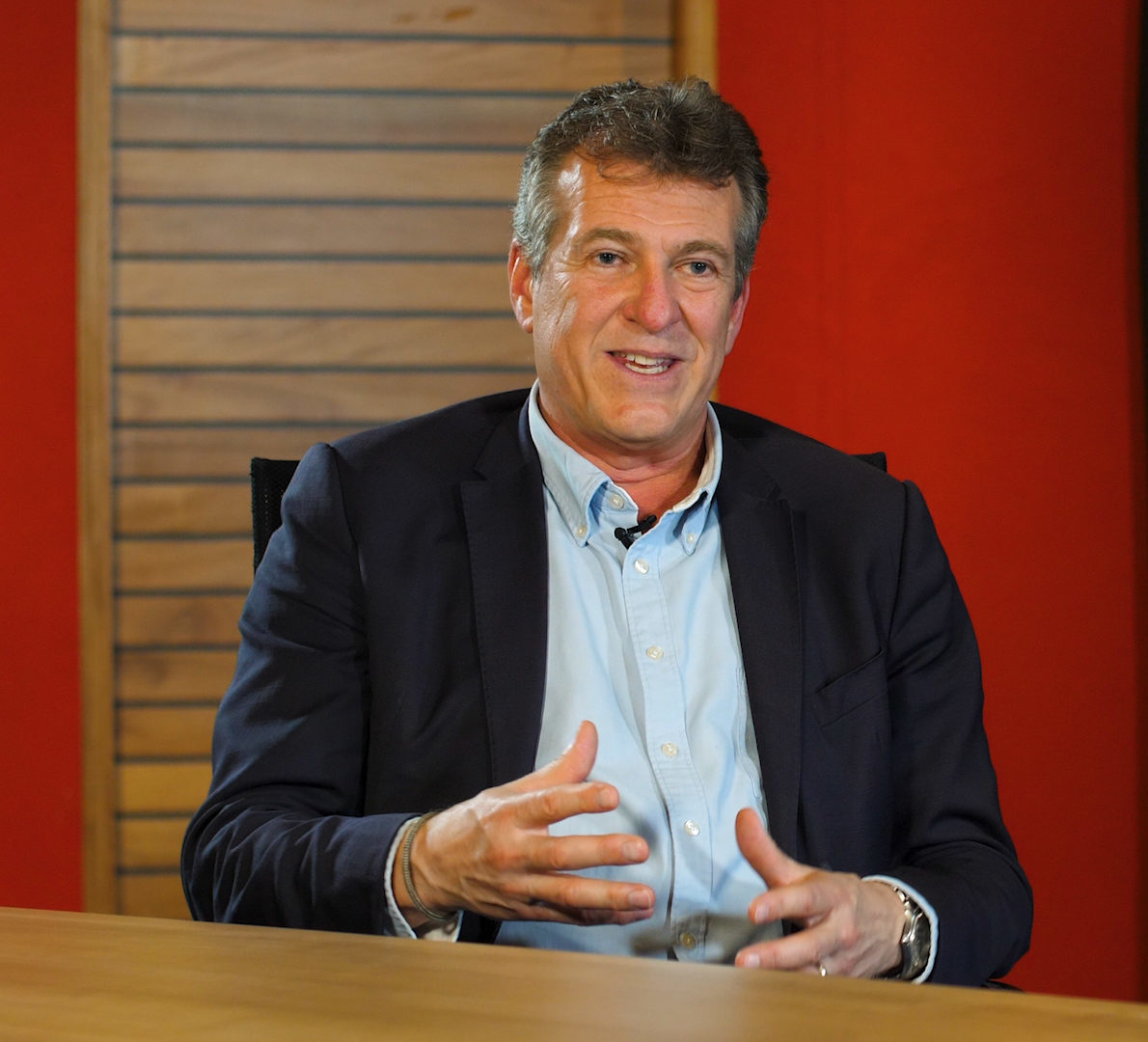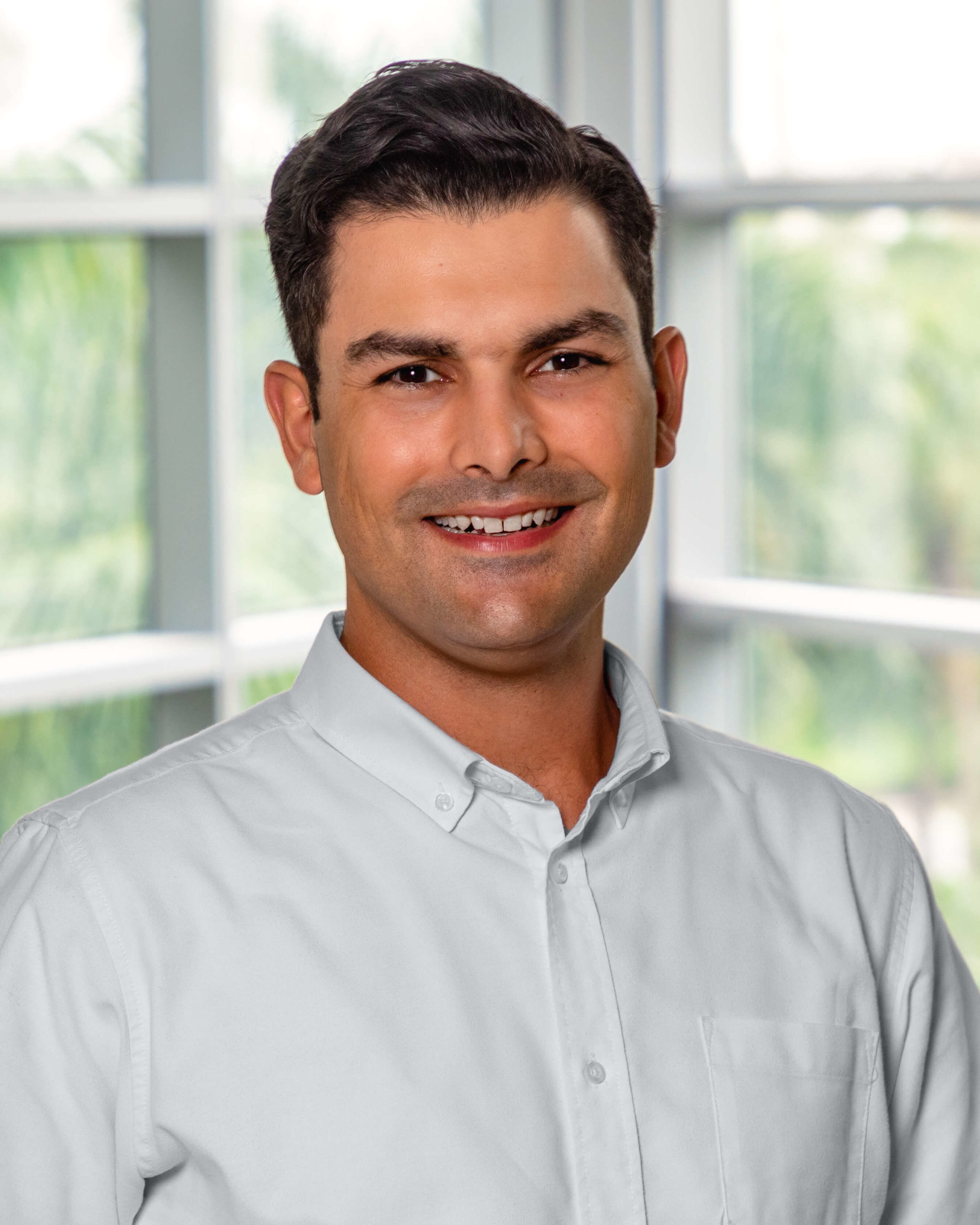RF-2 Control of Rebound
Our Control of Rebound research focus area is generating new interventions for achieving ART-free control of pediatric HIV-1 infection or remission.
We hypothesize that by drawing out neutralizing antibody responses through broadly neutralizing antibody (bNAb) immunization therapy, we can prevent the virus from rebounding after coming off ART. Further, we plan to improve NK and T-cell immunity through developing new immunotherapeutic agents.
Specific Aims
Aim 1: Control Rebound
We will determine the ability of adeno-associated virus (AAV)-mediated, or a gene therapy delivery platform, of bNAbs to prevent viral rebound after treatment interruption.
Aim 3: Early Life Immunity Effects on Remission
We will investigate the impact of early-life immunity and mother-to-child transmission (MTCT) on pediatric HIV-1 remission.
Aim 2: Sustain Rebound
We will define immunization induced bNAbs’ ability to prevent viral rebound.
Aim 4: Tonsil Tissue Models for Perinatal Infection
We will evaluate the immune response to HIV-1 infection through looking at tonsil tissue models.
Innovation and Current Research Milestones
The Control of Rebound research focus brings together (1) investigations of bNAb-based therapies in infant non-human primate models of HIV-1 infection, (2) explorations of HIV-1 natural immunity in children who inadvertently stopped ART, and (3) novel immune enhancing strategies to improve virus control in human tissue models. To do so, researchers will conduct experiments to determine the efficacy of passive and active bNAb-based therapies. More specifically, the rebound research focus will consider the ability of these therapies to extend the time to viral rebound. Researchers will also assess the post-treatment controllers in children living with HIV-1 in South Africa. Finally, our researchers will use a human tonsillar explant model to determine the impact of enhancing NK and T-cell immunity on active virus replication reduction.
The Control of Rebound research focus is currently working across several different laboratories to effectively accomplish each our Aims.
Currently, Dr. Mauricio Martins from Scripps Research Institute and Dr. Nancy Haigwood at the Oregon National Primate Research Center (ONPRC) are collaborating on experiments to uncover if AAV-mediated gene therapy can prevent virus rebound following ART interruption in perinatally SHIV-infected infant rhesus macaques (RMs). In the coming months, teams at Scripps and ONPRC will focus on a gene therapy + passive transfer model that includes the use of several key antibody-like proteins along with AAV vectors. These experiments are expected to start in Spring 2022, in accordance with the rhesus macaque breeding season.
Dr. Philip Goulder’s lab has continued to analyze the Ucwaningo Lwabantwana study cohort of mother-child pairs. Of particular interest are 5 sets of twins in which 1 of the pair is infected and the other is not. Dr. Goulder’s lab has also begun evaluating the impact of type I interferon-resistant virus on sex difference in mother-to-child-transmission. This analysis also considers differences in mother-to-child-transmission between more recently infected mothers and chronically infected mothers.
Dr. Sallie Permar’s group is currently testing SHIV rebound virus in vaccinated infant rhesus macaque. Permar’s group, along with Dr. Giny Fouda’s group, have previously developed a SOSIP-immunized study to test viral rebound. Currently, they are working on assessing viral escape variants through performing single genome amplification of the HIV Env gene. The team plans to generate pseudoviruses from rebounding virus envelopes in order to assess their ability to escape plasma neutralization. The data generated from these currently analyses will inform the SOSIP immunization study planned for upcoming PAVE study years.
Drs. Zachary Porterfield and Henrick Kloverpris have been working on the human tonsil explant model aim. More specifically, this will include identifying samples for immune phenotyping, optimizing detection of HIV-1 p24 protein in paraffin embedded tissue from pediatric HIV-1+ samples, and establishing methods for testing immune checkpoint inhibitor within the pseudoviral infection model. Currently, the Porterfield and Kloverpris labs are phenotyping immune cells of freshly-removed tonsils. This work will help to develop a pseudotype HIV-1 infection tonsillar model. In the coming months the Porterfield and Kloverpris teams will begin assessing the impact of immunomodulators on viral reservoir clearance within their tonsillar model.
Program Directors

University of Oxford

UF Scripps Biomedical Research


